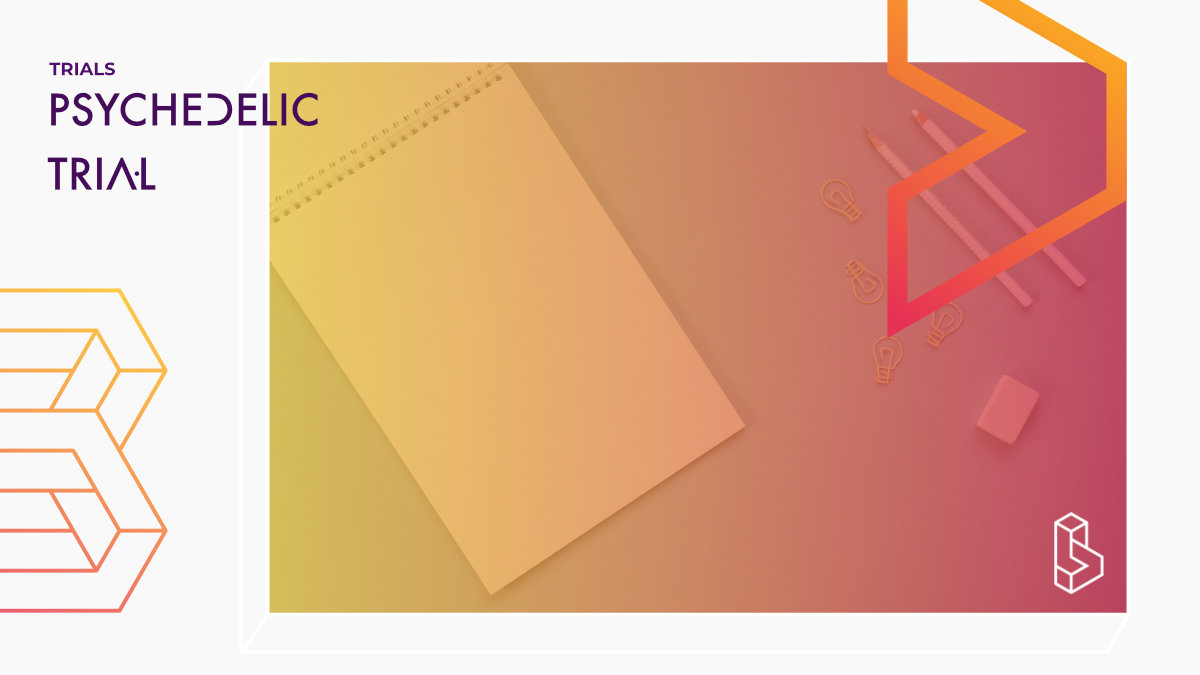Both LSD and psilocybin are thought to induce hallucinations primarily via stimulation of the 5-HT2A receptor. However, there are differences in the receptor activation profiles between the two substances that may also induce different subjective effects.
LSD potently stimulates the 5-HT2A receptor but also 5-HT2B/C, 5-HT1 and D1-3 receptors . Psilocin (the active metabolite of the prodrug psilocybin) also stimulates the 5-HT2A receptor but additionally inhibits the 5-HT transporter. In contrast to LSD, psilocybin has no affinity for D2 receptors. Both substances are used in neuroscience as pharmacological tools.
However, there are no modern studies comparing these two substances directly within the same clinical study and research subjects and using validated psychometric tools. Therefore, the investigators will compare the acute effects of LSD, psilocybin and placebo.
Trial Details
Trial Number
Sponsors & Collaborators
University of BaselThe University of Basel Department of Biomedicine hosts the Liechti Lab research group, headed by Matthias Liechti.
Papers
Direct comparison of the acute effects of lysergic acid diethylamide and psilocybin in a double-blind placebo-controlled study in healthy subjectsThis RCT (n=28) compared the effects of LSD (100 & 200µg) and psilocybin (15 & 30mg) to placebo. Findings include that the doses of 100 & 200 µg LSD and 30 mg psilocybin produced comparable subjective effects. LSD at both doses had longer effect durations than psilocybin. Psilocybin increased blood pressure more than LSD, whereas LSD increased heart rate more than psilocybin. Ultimately, any differences between LSD and psilocybin are dose-dependent rather than substance-dependent.
Pharmacokinetics and pharmacodynamics of oral psilocybin administration in healthy participants
This study analysed data from three clinical trials (n=79) to characterize the pharmacokinetic-pharmacodynamic relationship of orally administered psilocybin (15-30 mg). Maximal psilocin concentrations were 11 ng/ml, 17 ng/ml, and 21 ng/ml after the administration of 15, 25, and 30 mg psilocybin, respectively, and maximal levels were reached after an average of 2 hours. The duration and intensity of subjective effects were dose-dependent.
Pharmacokinetics, pharmacodynamics and urinary recovery of oral lysergic acid diethylamide (LSD) administration in healthy participants
This pharmacokinetic study (n=28) investigated the effects of oral LSD doses of 85 and 170 μg on healthy participants over 24 hours. The results showed mean maximal LSD concentrations of 1.8 ng/ml and 3.4 ng/ml for the respective doses, reaching peak concentrations after approximately 1.7 hours. Elimination half-lives were between 3.7 and 4.0 hours. Only 1% of LSD was found unchanged in urine within 24 hours, while 16% was eliminated as 2-oxo-3-hydroxy-LSD. Subjective effects lasted between 9.3 and 11 hours, with intensity peaking at 77% and 87% for the two doses.

